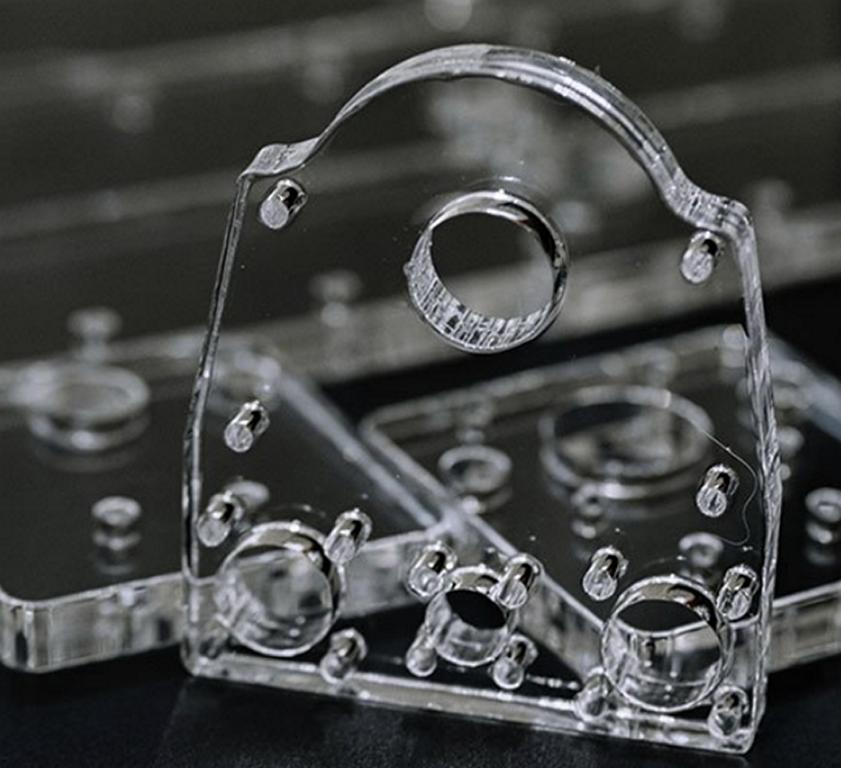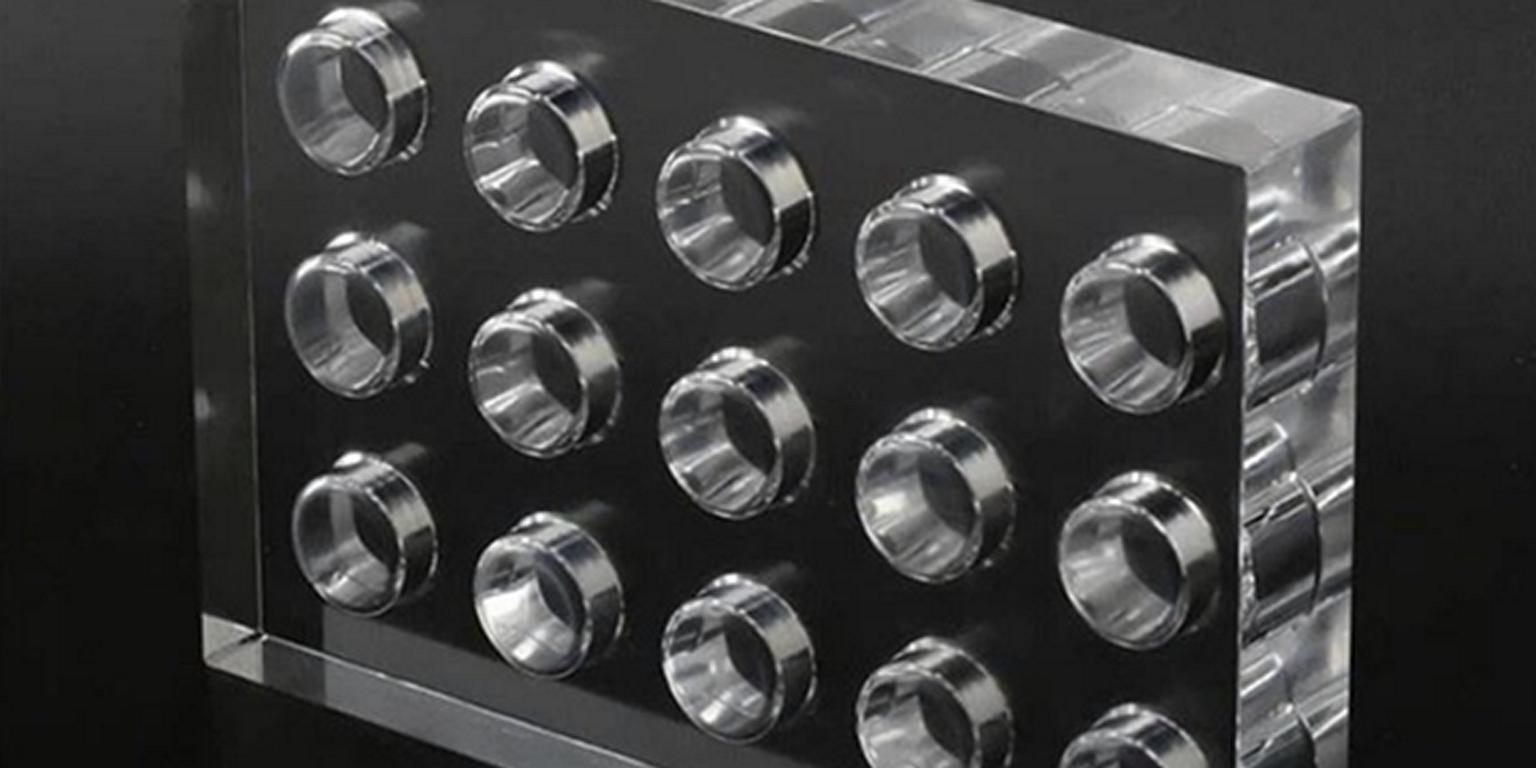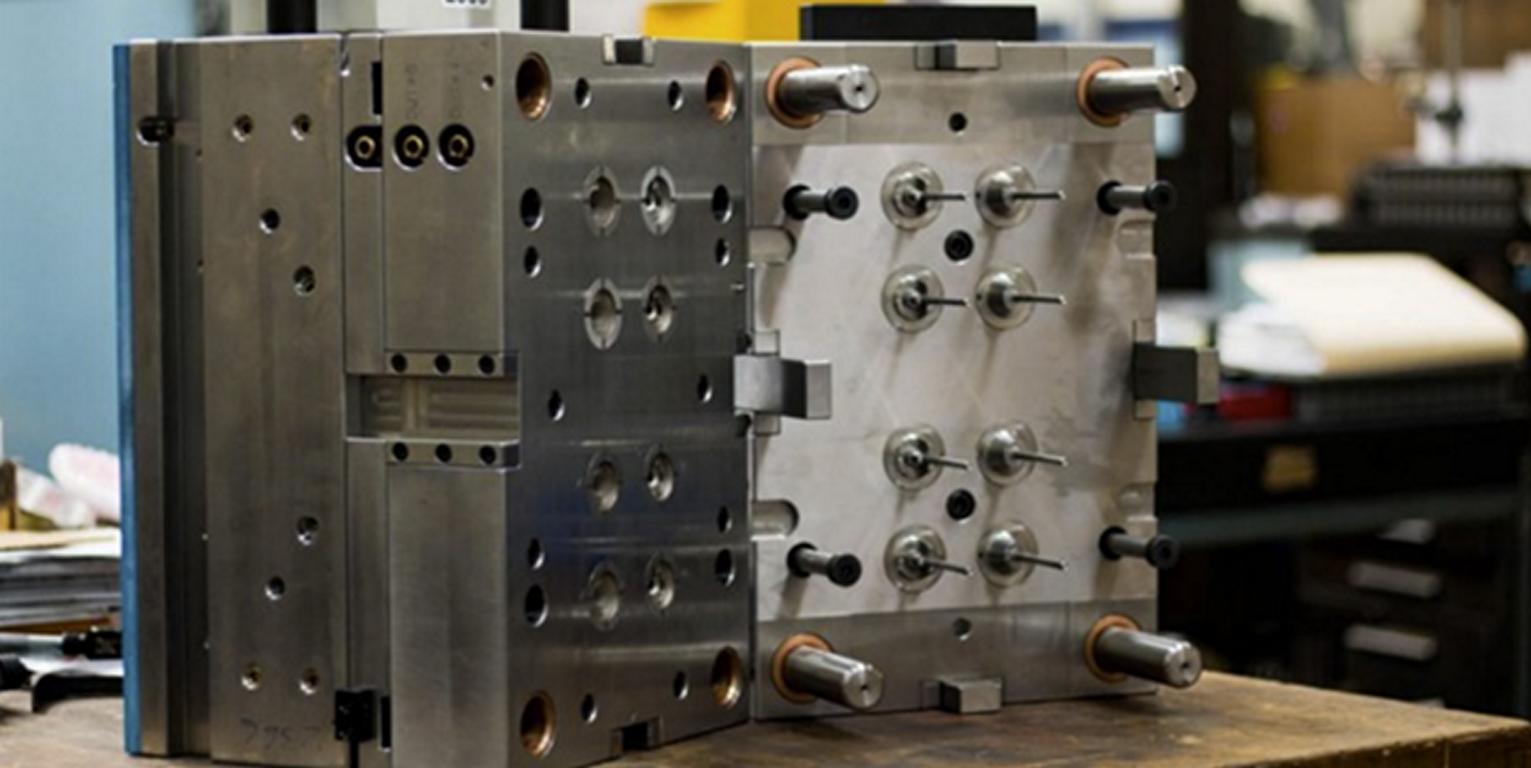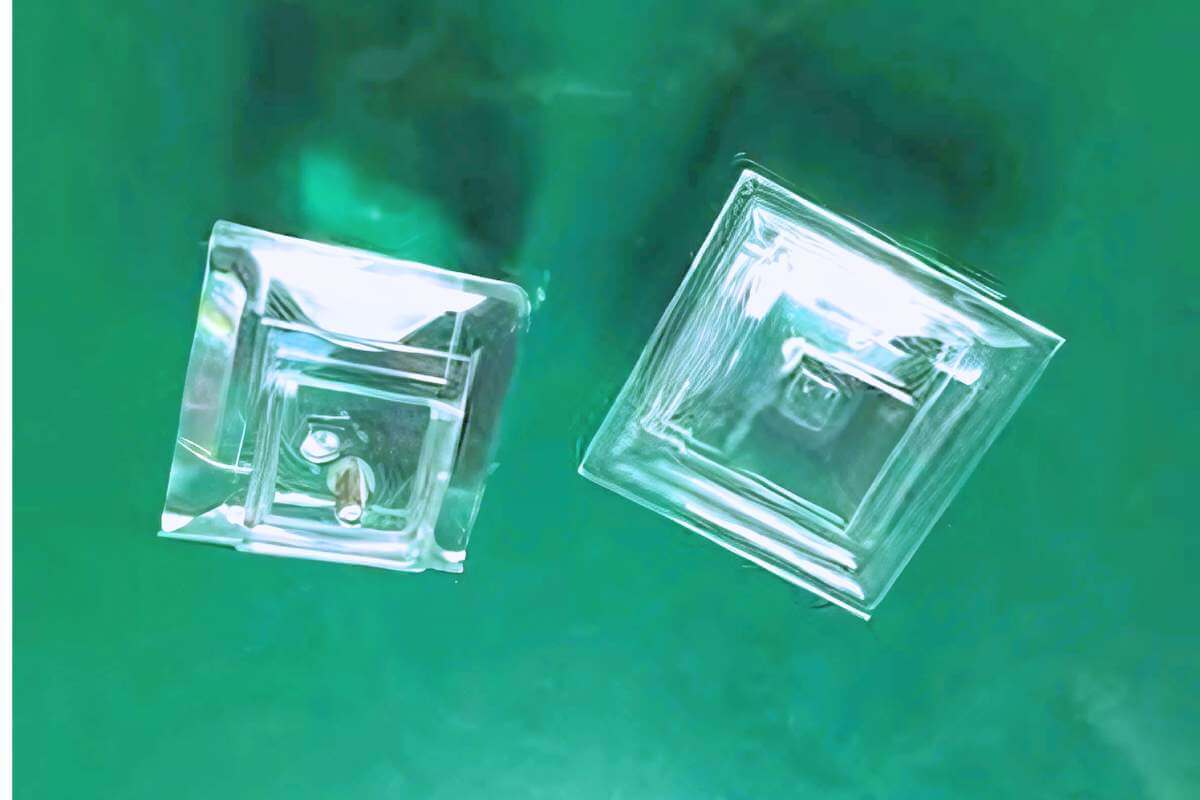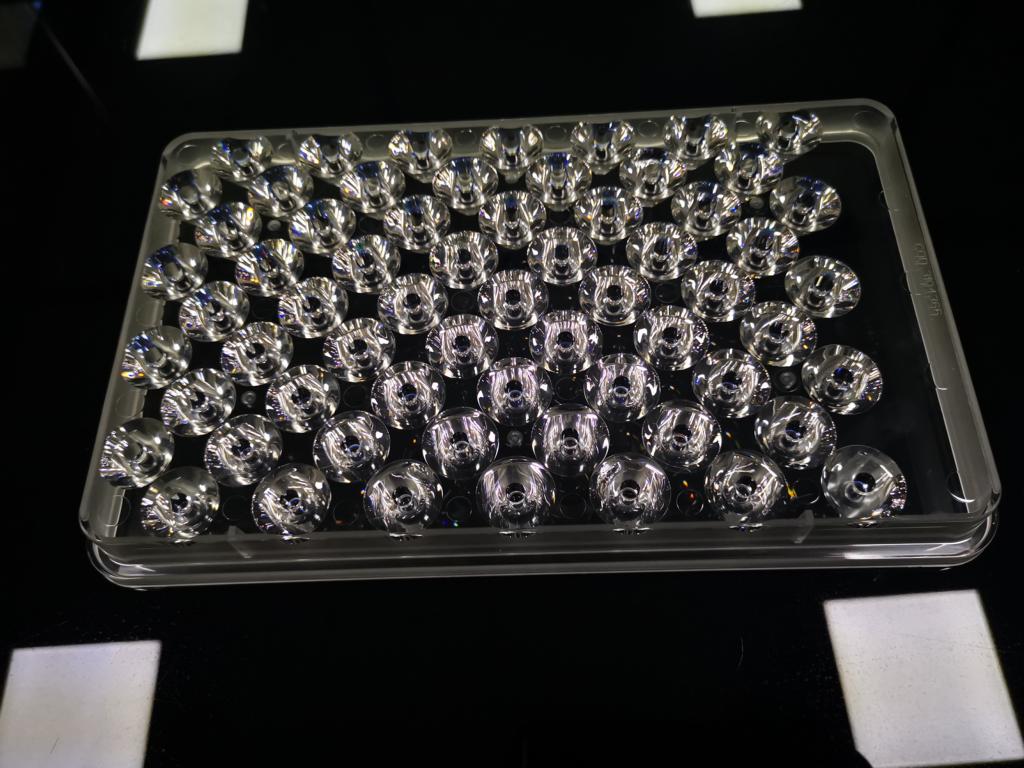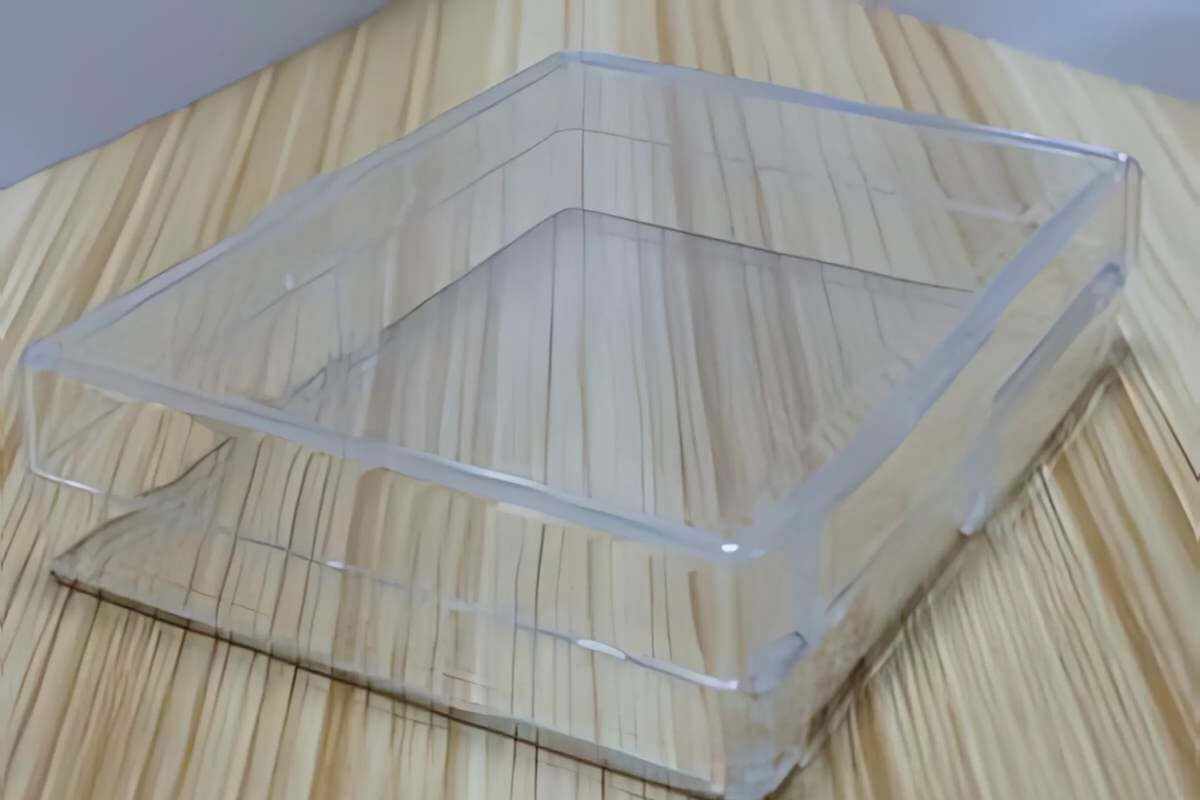How Do You Achieve High Quality Acrylic Injection Molding?
It is important to reach a high gloss surface with minimum shrinkage defects when using acrylic injection molding for your injection-molded products. When you make acrylic injection molding parts, some simple points to define the quality of acrylic molding will be: a completely clear high gloss surface, minimum shinkage defects, high precision dimensions (if needed), no break marks, etc.
This blog aims to discuss ways to improve acrylic molding accuracy. Learn strategies, recommendations, and recommendations for success. We pinpoint temperature regulation, pressure levels, and other features. Welcome to the path of precision in acylic molding.
What is Acrylic Injection Molding?
Acrylic injection molding, or PMMA injection molding, is the manufacturing process of melting acrylic resin to be injected into the mold cavity using a high pressure of about 150 MPa (normally between 100 and 170 MPa). The process involves barrel temperatures of between 220 and 260 degrees. Melt flow index (MFI) is essential for controlling viscosity.
To make high-clear acrylic molding parts, the screw, nozzle, and clamping unit can be referred to as critical parts of the molding machine. Cycle times may vary from 30 seconds to 300 seconds, depending on the PMMA injection molding wall thickness.
Dimensional stability is achieved by stringent regulation of the rate at which the parts are cooled. Mold temperature-control devices control the cooling process. The injection speed also affects the surface finish of the final product.
How to Prepare Acrylic Material for Injection Molding?
Acrylic molding is not an easy process because, typically, when you need acrylic mold parts, you need high-transparent or semi-transparent parts. In that case, it is not allowed to have any issues with the acrylic-molded part from inside to outside. Below are the basic steps to make acrylic-molded parts:
Material Selection
Therefore, it is important to select the right acrylic grade of injection molding materials. Transparency, strength, and heat resistance are important. Consequently, the melt flow index (MFI) must correspond to the molding process. Employ PMMA that has good optical properties.
Discuss the role of impact modifiers for toughness. It is also important to note that colorants can be incorporated during the mixing phase. It is also important to meet the application requirements of the acrylic resin.
Drying Techniques
During the PAAM molding process, correct drying of acrylic resin reduces imperfections. Desiccant dryers should be used because of their effectiveness in moisture removal.
Drying temperatures vary between 60 and 90 degrees, with a minimum of 3 hours of drying time. Ensure that there is steady air circulation throughout the drying hopper. Measure the moisture level with a hygrometer.
One should make sure to dry all surfaces uniformly to prevent hydrolysis. The drying process normally takes between two and four hours, and make sure to clean the drying hopper and not mix any other type of material with acrylic materials.
Consistency
It is important to be consistent with acrylic injection molding. Total melt viscosity is critical for quality acrylic molding parts. Ensure that the injection unit is calibrated often. Control the temperatures within the barrels and make the necessary adjustments. It has been found that screw speed influences material flow.
Maintain consistent cooling times to minimize warping. Ensure molds are checked frequently for signs of wear and tear.
If you are molding clear acrylic injection molding parts, cleaning the injection unit and barrel will be very important. Make sure there is no other type of material lost in the barrel; otherwise, there will be some black spots or flow marks in the acrylic molded parts. That is why there is a special injection molding machine that is specially made for clear molded parts. Because cleaning the barrel will cost maybe one day and waste lots of materials.
Additives
The use of additives in the injection molding of acrylic improves its performance. UV stabilizers prevent the adverse effects of sunlight. Plasticizers improve flexibility. Apply flame retardants where they will be needed most—in safety-critical applications.
Anti-static agents are used to minimize static charges. When adding the additives, ensure that they are well dispersed throughout the system. Check the final blend for the required characteristics.
Homogeneity
The uniformity of the material is crucial in acrylic injection molding. Spread the resin and additives evenly. Ensure that the material fed into the hopper is thoroughly blended.
When mixing the product, make sure to use a high-shear screw. Look for variations between batches. Stabilize the melt temperature. This results in fewer defects being encountered on the final parts.
What Are the Key Parameters in Acrylic Injection Molding?
Basically, when you are working with actylic mold, every small detail will affect the quality of the acrylic molded part. That is the reason why most molding companies are not professional in making injection molding acrylic parts, because there are lots of extra special equipment needed to make high-quality actylic injection molding parts. Below are some of the key parameters for acrylic molding process.
Temperature Settings
Temperature control in acrylic injection molding is very important. Barrel zones are usually between 220 and 280 degrees. The temperature of the nozzle must correspond to the flow of the melt; a low melt temperature will not be able to get a high-quality clear surface; a high melt temperature will decomposite the acrylic material so that the acrylic-molded part will become yellow or dark.
Mold temperatures have an impact on part clarity. A normal mold temperature is between 40 and 70 degrees, depending on the acrylic molding wall thickness. Gradual heating helps to avoid the degradation of the material. As it is widely known, stable temperature patterns promote uniformity in quality.
It is recommended that heating elements be calibrated frequently for correct measurements.
Pressure Control
Accurate control of pressure is a key factor in preventing defects in the injection molding of acrylic parts. As for the injection pressure, it ranges from 10,000 psi to even more. Pressure retention preserves some cohesion. Check the clamping pressure to minimize flash.
Pressure ramps help to avoid a sharp increase in material consumption rates. Modify as per the viscosity of the material. Periodic checks help maintain consistent molding conditions.
Injection Speed
This is a clear indication that the speed of the injection has a direct effect on the quality of the acrylic part being produced. High speeds involve filling molds rapidly, hence the short cycle time.
Continue to monitor the screw speed to ensure an even flow. Increase speed for simplicity of geometry. Low speeds also ensure that air does not penetrate into the fuel system in large quantities.
To prevent such imperfections, it is advisable to strike a balance. Speed calibration should be done often.
Flow Rate
Flow rate plays a crucial role in acrylic injection molding. It describes how material gets into the mold. Here, adjustments depend on the part design. Check the melt flow index (MFI) to ensure that it is constant. The gate sizes should be controlled to foster a uniform distribution.
Regularly check the flow meters. This will help to achieve an even distribution of the material so as to prevent the formation of surface imperfections on the product during acrylic plastic molding.
Cooling Time
Part dimensions in acrylic injection molding depend on the cooling time. A longer cooling time ensures stability. Utilize mold temperature controllers to ensure accurate cooling.
Monitor internal mold temperatures. To fine-tune cycles, gradually shorten cooling times. Even cooling prevents warping. Another is to systematically inspect the cooling passages for obstructions.
How to Design Acrylic Molds for Acrylic Injection Molding?
Precision Design
Accuracy is extremely important in acrylic injection molding. All tolerances should be in micrometers. Maintain an equal thickness of the wall in order to avoid areas of tension. CAD software should be used to draw more detailed designs. Implement cooling channels strategically.
Improve the part design
Before making acrylic molds, a DFM (design for manufacturing) report should be carried out to check any possible potential issues. Unlike other types of plastics, such as ABS or PP, acyrlic injection molding parts will be easy to break or crack from some corners, so inserts and ejector system design is very important. Sending the customer a completely DFM report for approval will be very helpful to reduce the further issues.
Gate Design
Gate design is one of the most important factors in making high-quality acrylic injection molding products; this is unlike other injection molding materials that could use sub-gates or banana gates.
Gate locations impact flow. The simulations should be used to validate the gate design on a regular basis. Designing to specific tolerances minimizes errors and enhances part performance.
When we work with actylic molds, side gate design is mostly used in the mold; the spure angle should be 5° to 7°. If the acrylic molding wall thickness is 4 mm or above, the spure angle should be 7°, the diameter of the main runner should be 8 to 12 mm, and the overall length of the runner should not exceed 50 mm.
For acrylic plastic injection molding products with a wall thickness less than 4 mm, the main runner diameter should be 6–8 mm. For acrylic molding products with a wall thickness greater than 4 mm, the main runner diameter should be 8–12 mm.
Mold Complexity
Mold complexity is known to have an impact on the results of acrylic injection molding. Multi-cavity molds boost productivity. Lifters and slides are used for undercut features; venting insert design for deep ribs will be better for the polishing process and reducing air trap issues.
It is vital to utilize hot runners for proper and continuous material flow. There is nothing as complex as geometry, and that is why there is a need for machining.
Think about the parting lines in cases of easy ejection. Stabilize the mold at high pressure. In addition, check molds frequently for signs of wear.
Mold Material Choice
Choosing the right steel material for molds is crucial in acrylic injection molding. Make it from hardened steel for durability. Aluminum offers faster machining for some low-surface rquriement molds. For better cooling, beryllium copper inserts can be used, especially for some deep ribs.
Since most acrylic injection molding products will be completely clear and high gloss, or semi-clear and high gloss, cavity steel selection will be important; it needs easy polishing high gloss steel; mostly we use S136 or NAK 80 for actylic injection molds. Those two steels are the most popular mold materials for acrylic resin.
Thermal conductivity should correspond to the need for cooling. Material testing helps in determining the durability of the material used in construction.
Surface Finish
Surface finish in acrylic injection molding plays a key role in determining overall part quality. Polished acrylic molds enhance clarity. Textured surfaces hide imperfections. Diamond polishing is best utilized for applications requiring a glossy finish. Implement electroplating for durability.
Ensure consistent mold maintenance. Control injection parameters for smooth finishes. Regularly inspect surface conditions.
| Feature | Precision Design | Mold Complexity | Material Choice | Surface Finish |
| Key Focus | Dimensional Accuracy | Multi-cavity, Inserts | High-temp Alloys | Hihg gloss Polishing, Texturing |
| Tolerances | ±0.01 mm | Variable | Heat Resistance | Smooth, Matte |
| Design Software | CAD/CAM | CAD, CAE | Material Specs | CAD for Textures |
| Cooling Channels | Conformal Cooling | Advanced Layout | Cooling Efficiency | Min. Warpage |
| Injection Points | Balanced side Gates | Hot/Cold Runners | Material Flow | No Defects |
| Cost Considerations | Tooling Cost | High Complexity | Material Cost | High Gloss polishing Cost |
| Production Volume | High-volume Runs | Low to High Volume | Batch Sizes | Consistency |
Table on How to Design Acrylic Molds for Acrylic Injection Molding!
What Are the Best Practices for Acrylic Injection Molding Process?
Setup Calibration
In acrylic injection molding, it is very important to set up the calibrations correctly. Set the injection pressure according to the type of material to be used. Specifically, set barrel temperatures in the range of 220 to 290 degrees. Make sure the mold clamping force matches part sizes and shapes.
Turn the injection nozzle accordingly to achieve the best flow rate. Verify the cooling time settings. Daily or frequent calibration reduces defects and helps in achieving the best results.
Process Stability
Process stability is highly important to maintain in acrylic injection molding. Monitor barrel temperatures continuously. It is crucial to maintain a constant injection pressure during the cycle. Use consistent screw speeds. Keep cooling times uniform.
Before using the molds, check for any signs of wear and misalignment. This means that stable processes result in higher-quality parts and lower scrap margins.
Variable Monitoring
Controlling variables in acrylic injection molding helps one achieve quality products. Keep track of the melt flow index (MFI) in order to ensure consistency. Record the injection and holding pressures. Monitor mold temperatures. Ensure uniform cooling rates.
It becomes important to log cycle times for each batch. Check the data for consistency and variations. It is observed that accurate monitoring assists in achieving improved efficiency in the process.
Consistency Checks
Consistency checks need to be done when it comes to acrylic injection molding. Check that the wall thickness of the parts under consideration is uniform. Measure the dimensional accuracy regularly. Check for its optical clarity in the transparent section.
Check for the absence of surface defects. Carry out the tensile strength test after some time. Document all findings meticulously. This is a mere check to ensure that the manufacturing results are accurate.
What Role Does Cooling Play in Acrylic Injection Molding?
Cooling Importance
Cooling plays a significant role in acrylic injection molding. It ensures one-dimensional stability. Correct cooling helps to avoid warping, air bubbles, and shrinkage. Uniform cooling improves surface texture. Cooling channels in acrylic molds help to regulate the temperature.
The use of effective cooling preserves material characteristics. Supervision of the cooling phases enhances product quality. Effective heat dissipation is essential.
Effective Techniques
Efficient cooling methods improve acrylic injection molding. Employ conformal cooling channels to ensure an equal distribution of heat. Use a water- or oil-based cooling system. Monitor coolant flow rates. Use baffles and bubblers for complex molds.
Regularly maintain cooling circuits. Maximize the channel locations for effective heat dissipation. Repeatable processes improve part consistency.
Cooling Time
Cooling time is one of the critical parameters that has a direct impact on the efficiency of acrylic injection molding. Longer cooling allows the part dimensions to become stable. Accuracy results in the minimization of cycle time. The cooling should be adjusted depending on the thickness of the part.
The temperature of the mold should be monitored throughout the process. Maximize cooling cycles to increase efficiency. Regular cooling times help to eliminate the formation of defects. Regularly calibrate cooling equipment.
Cycle Efficiency
The overall cycle time in acrylic injection molding highly depends on the cooling process. Rapid cooling reduces the time taken to complete a cycle. Effective means of cooling increase capacity. Coordinate cooling with mold filling and packing.
Thermal imaging should be used to monitor efficiency. Coherent cycles contribute to increased overall production rates. Regularly review cycle parameters to improve acrylic molds.
Temperature Control
Temperature regulation is very important in the cooling process of acrylic injection molding. Maintain consistent mold temperatures. Temperature controllers should be used for good regulation.
Ensure the coolant temperature is stable. Modify settings using the properties of the material being cut.
Introduce the necessary sensors for real-time monitoring. Constant temperatures avoid conditions like thermal stress. It is for this reason that the application of consistent control leads to quality parts.
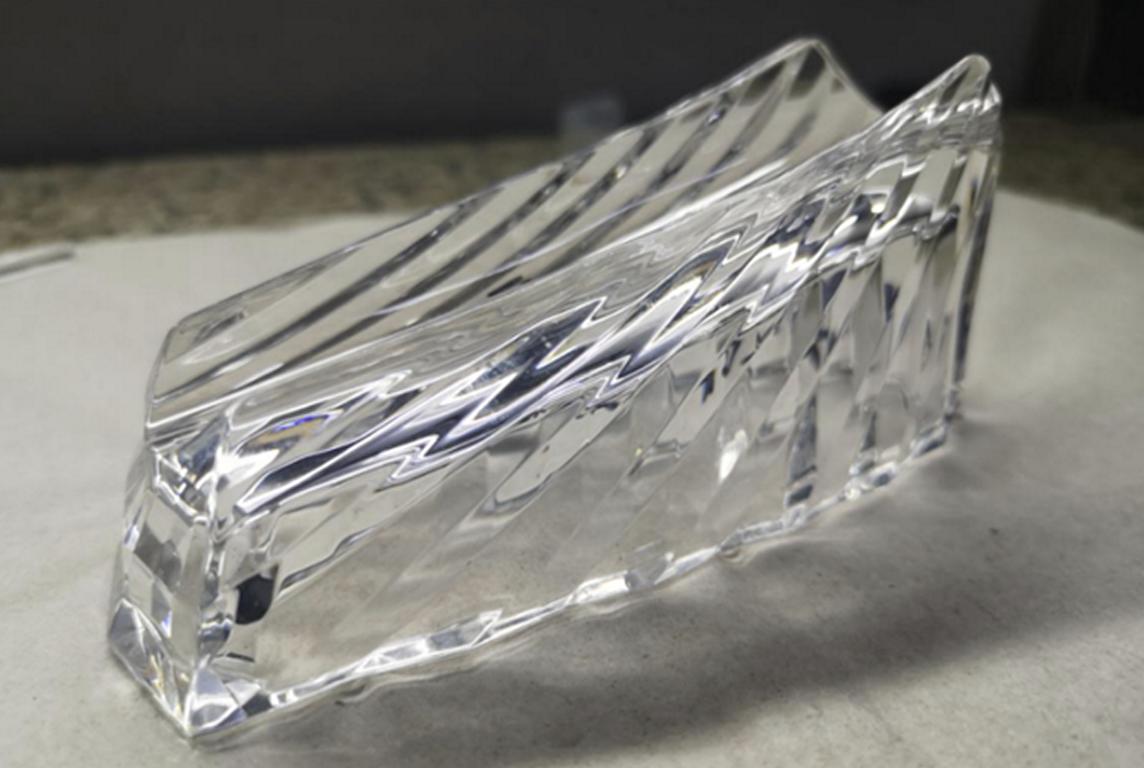
acrylic plastic molding
How to Optimize Acrylic Injection Molding for High Precision?
Precision Techniques
Another advantage of the process is the precision of the injection molding of acrylic, resulting in high accuracy. Use CNC-machined molds for high tolerance. To continue the flow, use hot-runner systems. For dimensional stability purposes, perform controlled cooling.
Regularly calibrate injection parameters. Accurate screw and barrel designs must be employed. To ensure proper traffic distribution, it is crucial to identify the optimal positions of the gates. Regular inspection ensures precision.
Automation Use
The use of automation in the manufacturing process increases accuracy in the injection molding of acrylic. Use robotic arms for the handling of the parts. Employ automated quality inspection systems. Adopt the use of automated material feeding systems.
Make use of real-time process monitoring software. Automation reduces human error. Standardization of production schedules enhances precision. Indeed, the reliability of automation systems is achieved through regular maintenance of the automation systems.
Sensor Integration
Integration of sensors in acrylic injection molding enhances accuracy. It is recommended to install temperature sensors for better control of heat. Use pressure sensors to record injection force. Use flow sensors to ensure a constant rate of material flow.
Install sensors within mold cavities to collect real-time data. Monitor sensor data continuously. Modify the parameters in response to the feedback received. The accuracy of sensors enhances process control.
Process Refinement
The fine-tuning of the process enhances the accuracy of the injection molding of acrylics. Increase the injection speed and pressure parameters. Tweak cooling times for stability. Perform process changes in the simulation software. Ensure that process parameters are reviewed and updated as necessary.
Use feedback loops for the purpose of ongoing modification. Characterize data for perspective: defect analysis. Process refinement reduces variability.
Continuous Improvement
To have precision in acrylic injection molding, there is a need to constantly improve. Implement Six Sigma methodologies. Training of operators should be conducted frequently. Make statistics-driven recommendations on how things can be done better.
Perform compliance tests frequently. Proactively promote quality. Document all improvements. Sustained high precision can only be achieved if there is constant improvement.
Conclusion
All in all, to achieve a high level of precision in acrylic injection molding, which requires professional acrylic molding companies, the basic injection molding process is pretty much the same as for other materials; even small details will affect the quality of the final acrylic molded part. Use these techniques for better outcomes.
If you have acrylic mold requirements, welcome to contact us. Sincere Tech is one of the top 10 plastic injection molding companies in China, offering acrylic molding, overmolding, insert molding, and any other custom injection molding products.


